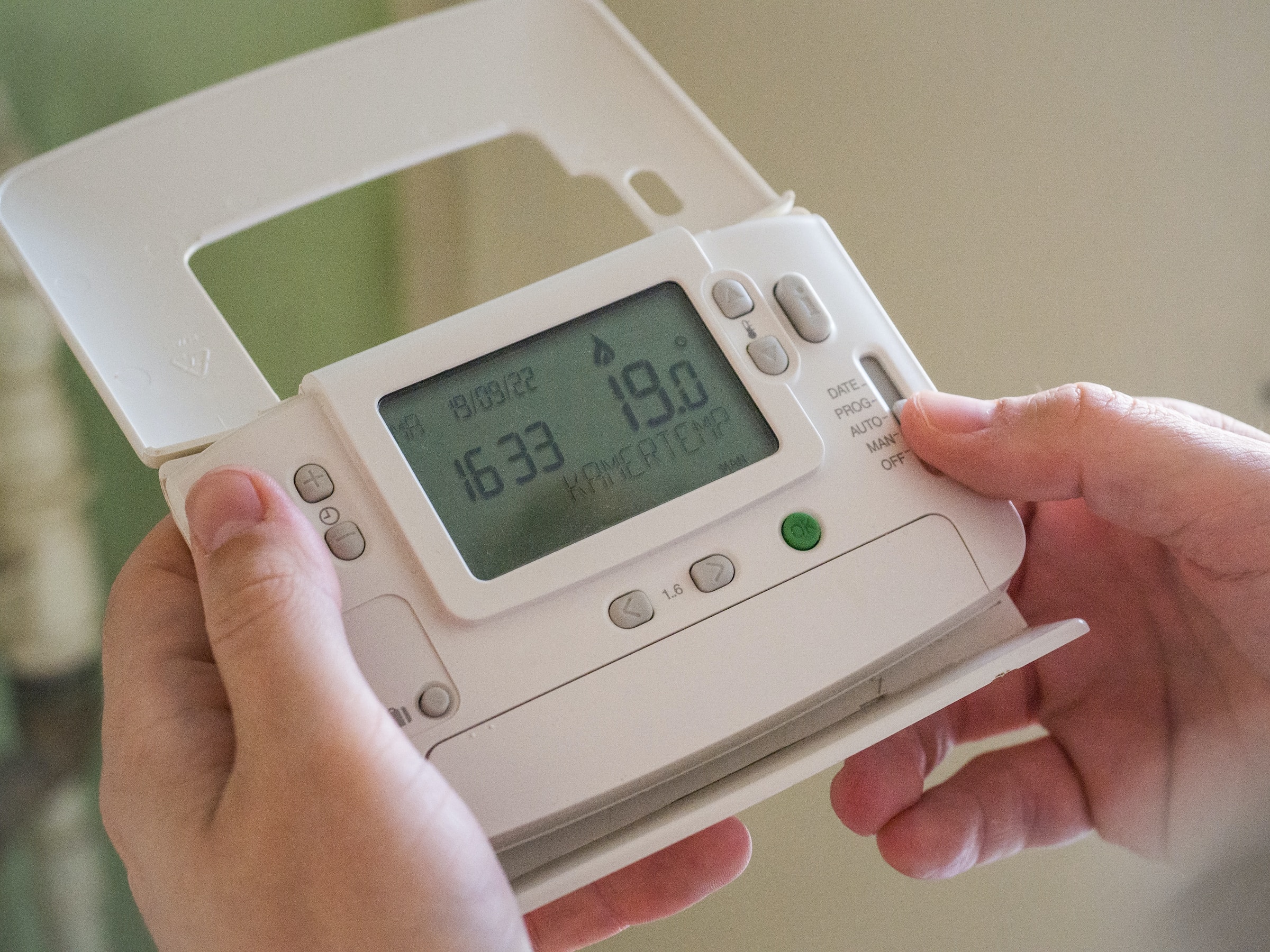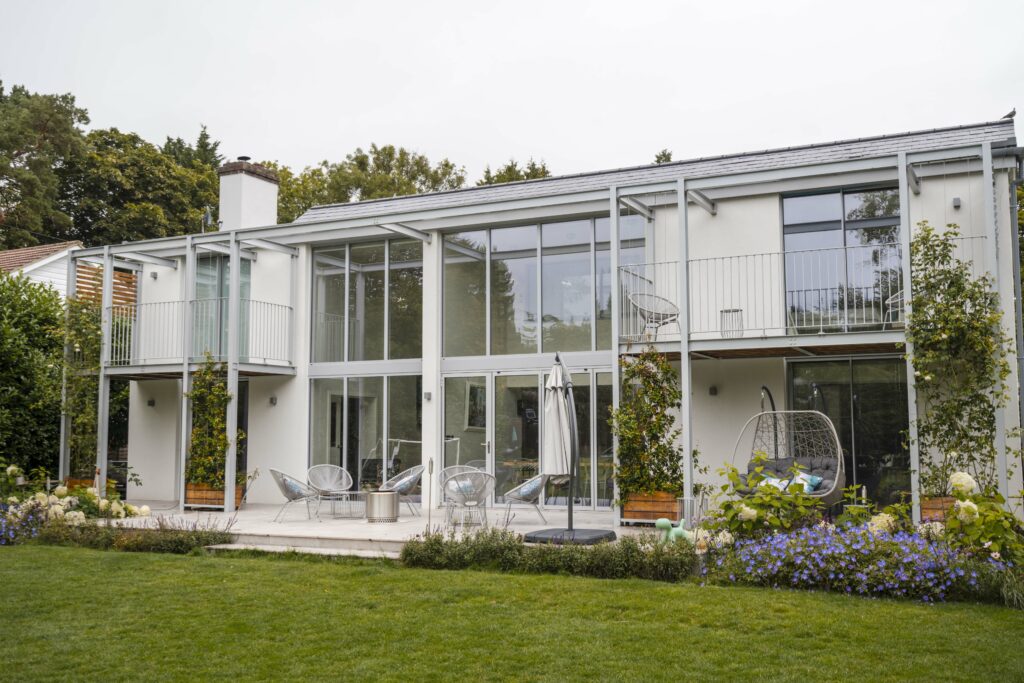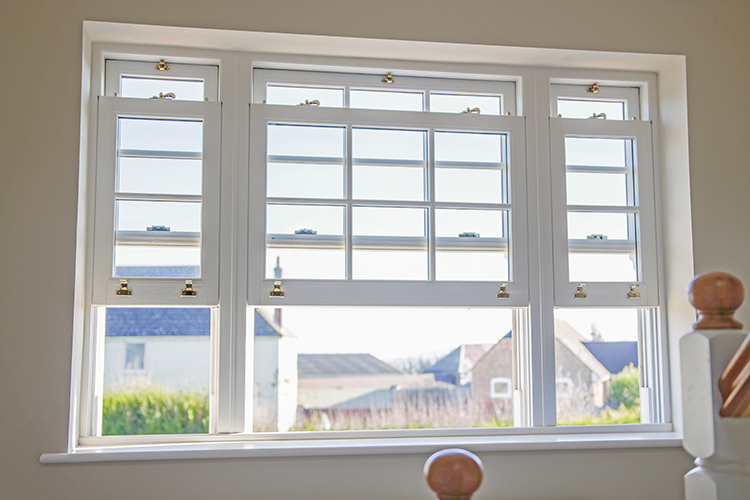
We generally consider greenhouse gas emissions when considering our carbon footprint concept. To reduce this, we might consider driving less or buying locally produced food that hasn’t had to travel by plane.
But did you know that your home or office windows can also impact your carbon footprint? While they don’t directly emit carbon dioxide Co2, the indirect impact can be severe, affecting your emissions, bills, and mental well-being. Read on to find out more.

Approximately 18% of your home’s heat loss happens via its windows. It’s significantly worse when you don’t have double-glazing, allowing heat to escape twice as quickly via single-glazed windows. You’ll need more energy to heat your home, increasing CO2 emissions. Turning your heating down by just one degree can save you around £60 on your energy bills and lower your carbon dioxide emissions by 310kg annually.
Poorly constructed or outdated windows can also give your home a lower energy rating, impacting your price when it comes to selling. Furthermore, windows that let heat out will let it in during the summer months, too, requiring you to cool your house more, resulting in higher energy bills.

Did you know that exposure to natural light can effectively stabilise your body clock? A study showed that bright light first thing in the morning can be better for your mood than medications or light therapy alone.
If you have plenty of high-quality windows, your home will be flooded with natural light, eliminating the need for daylight bulbs or a SAD lamp. Letting in more light is better for your personal carbon footprint, allowing for less heating and electricity usage, and it’s also excellent for your mood and psychological well-being.
The materials your windows are made from can also significantly impact their efficiency and how eco-friendly they are. Timber frames made from sustainable wood are better for the planet than UPVC frames, whilst aluminium is a material that can be recycled infinitely.
Opting for Low-E glazing on your windows is a great way to up your window’s energy efficiency, as they have a thin coating which blocks certain UV rays from entering your home – without reducing your light levels. These cleverly engineered coatings are thinner than a strand of hair and can help maintain the temperature inside your home.
You may be interested in reading our blog article: Window Frame Materials – Q A

As you can see, windows can significantly impact your carbon footprint. Replacing old, single-glazing is particularly effective at reducing your carbon emissions. You’ll have more light in your house, allowing for even more temperatures with less additional need to heat or cool. Alternatives are also available for larger panes, conservatories, or greenhouses, giving you more affordable options that can be recycled post-use.
Guest Post by Jennifer Collins and Photo by Arthur Lambillotte on Unsplash
Read our previous post - « Not long now until the Autumn Excel Homebuilding and Renovating Show, September 2023